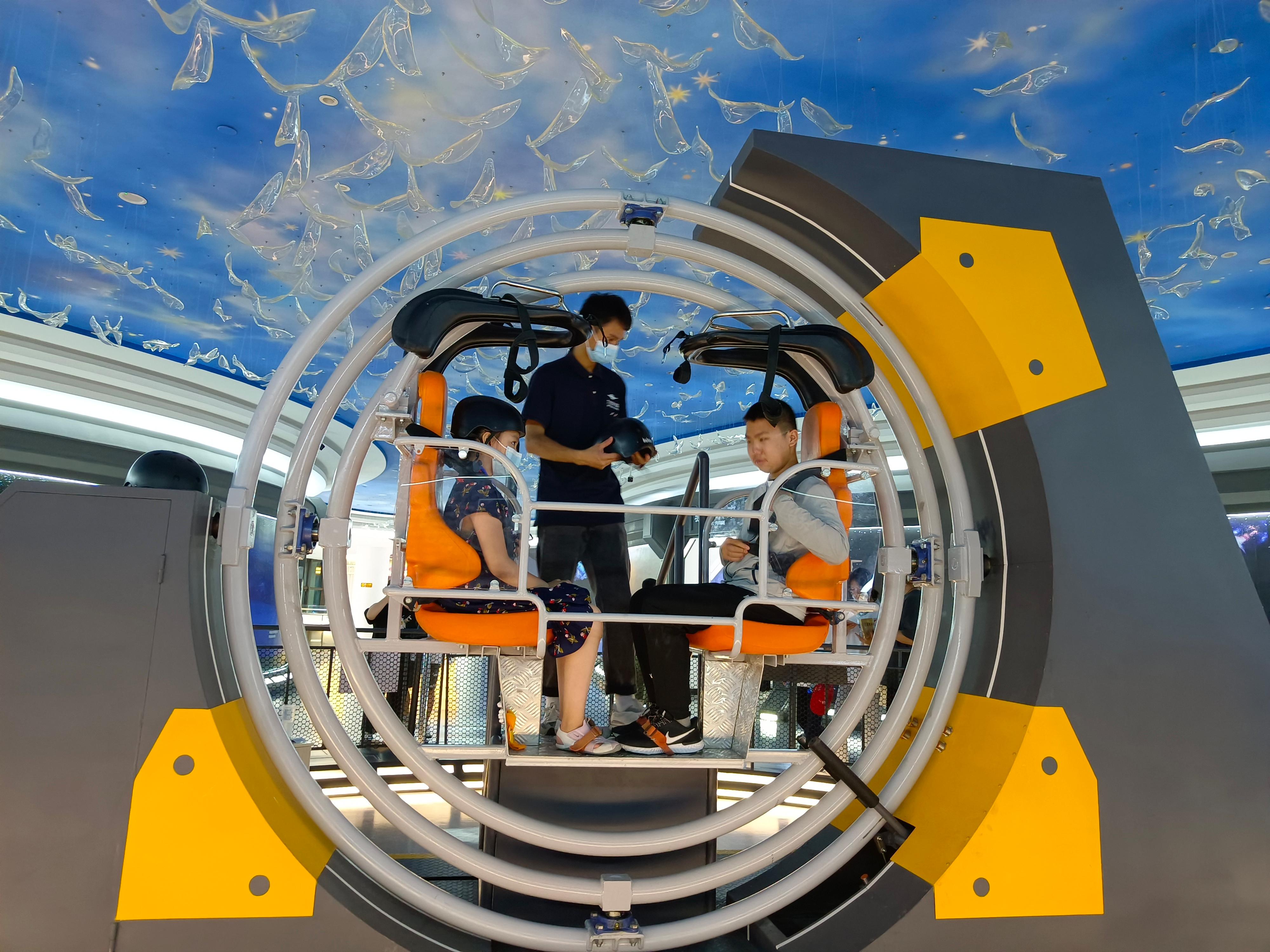Guizhou Space and Astronomy Tech Tour (4 Days & 3 Nights)
$9.90
Contact us before order!!! We have to talk to you before service,
Description
Core Scenic Features

$9.90

Itinerary: After arriving in Guiyang, take a car to Pingtang County, Qiannan Buyi and Miao Autonomous Prefecture. On the way, enjoy the beautiful karst scenery of Guizhou.
Astronomy Highlights: Listen to the “Astronomy Popularization Audio” prepared in advance in the car. The audio introduces the basic knowledge of China’s “Sky Eye” and the significance of astronomy research, laying the foundation for the subsequent visits.
Itinerary: Check into a hotel near the Sky Eye Scenic Area in Pingtang County. The hotel has astronomy-themed decorations and provides popular science books about the Sky Eye. After checking in, sort out the items to be taken for the next day’s visit (note that electronic devices such as mobile phones and computers are not allowed to be brought into the viewing platform).
Astronomy Highlights: Participate in the astronomy salon activity held in the hotel. The astronomy enthusiast who hosts the salon shares his experience of visiting the Sky Eye and exchanges views on astronomy and space exploration with the participants.
Itinerary: Walk around Pingtang County, enjoy the night view of the county town, and taste local snacks such as Buyi sour soup fish and Pingtang rice noodles.
Astronomy Highlights: Observe the stars in the open space of the county town (if the weather is good). Use the star map APP to identify constellations and understand the distribution and stories of constellations.
Itinerary: Take the scenic area shuttle bus to the Sky Eye Scenic Area. Enter the viewing platform after going through the security check (no electronic devices are allowed). Admire the 500-meter-diameter spherical radio telescope, which is surrounded by lush karst peaks. Listen to the explanation of the interpreter to understand the structure, working principle and scientific research achievements of the Sky Eye (as of October 2024, it has discovered more than 900 new pulsars).
Astronomy Highlights: Participate in the “Sky Eye Observation Experience” activity. Under the guidance of professionals, use the special observation equipment outside the viewing platform to feel the process of the Sky Eye receiving cosmic radio waves.
Itinerary: Go to the Astronomy Museum near the Sky Eye Scenic Area. Visit the exhibition halls with different themes, such as the History of Astronomy Development, Cosmic Mysteries, and Sky Eye Science. Watch 3D astronomy documentaries and understand the origin and evolution of the universe, the search for extraterrestrial civilizations and other knowledge.
Astronomy Highlights: Participate in the “Astronomy Experiment Class” in the museum. Conduct simple astronomy experiments such as simulating the operation of celestial bodies and observing the spectrum of light, and deepen the understanding of astronomy knowledge through hands-on operations.
Itinerary: Have a Sky Eye-themed dinner in the restaurant of the scenic area. The dishes are named after astronomical terms such as “Pulsar Crispy Meat” and “Galaxy Fruit Salad”. During the dinner, share the feelings of visiting the Sky Eye with the travel partners.
Astronomy Highlights: The restaurant has an astronomical knowledge quiz activity. Answer the questions correctly to get a small souvenir of the Sky Eye. Compete with the partners to test the astronomy knowledge learned during the day.
Itinerary: Visit the Space Exploration Center in Pingtang County. Experience the space simulation cabin, which simulates the living environment and working scenes of astronauts in space. Try on the simulated space suit and experience the feeling of weightlessness in the low-gravity simulation area.
Astronomy Highlights: Participate in the “Space Mission Simulation” activity. The participants are divided into groups to simulate the space mission process such as rocket launch and space station docking. Complete the mission through teamwork and experience the sense of responsibility and mission of astronauts.
Itinerary: Go to the karst tiankeng group near the Sky Eye. Walk into the tiankeng and admire the strange natural landscape formed by karst landforms. The guide introduces the formation principle of tiankengs and the relationship between karst landforms and the construction of the Sky Eye.
Astronomy Highlights: Observe the geological structure of the tiankeng and understand how the unique geographical environment of Guizhou provides favorable conditions for the construction of the Sky Eye. Take photos of the tiankeng and the distant Sky Eye (if the angle is right) to show the integration of man-made wonders and natural landscapes.
Itinerary: Return to Pingtang County. Sort out the photos and notes taken during the day, and record the knowledge and feelings about astronomy and geography.
Astronomy Highlights: Use the astronomy software on the tablet to review the constellations observed the previous night, and compare the actual observation with the software introduction to deepen the understanding.
Itinerary: Go to Acha Waterfall in Pingtang County. Walk along the path by the waterfall, enjoy the magnificent scenery of the waterfall, and breathe the fresh air in the natural environment.
Astronomy Highlights: Observe the phenomenon of rainbows formed by the waterfall spray under the sunlight. The guide explains the optical principle of rainbow formation, combining the knowledge of astronomy and physics.
Itinerary: Sum up the gains of the entire trip, take a car back to Guiyang, and end the wonderful space and astronomy tech tour.
Astronomy Highlights: On the way back, share the most impressive part of the trip with the travel partners, and discuss the future development of China’s space technology.
Itinerary: After returning to Guiyang, go to Guiyang Longdongbao International Airport or Guiyang North Railway Station to depart. Before leaving, you can buy astronomy-themed souvenirs (such as Sky Eye models, star maps) at the airport/railway station souvenir shop to keep the memory of this space exploration trip.
Astronomy Highlights: Use the airport’s AR star map device to “see” the constellations in the daytime sky, and take a final photo with the virtual constellations to end the journey.